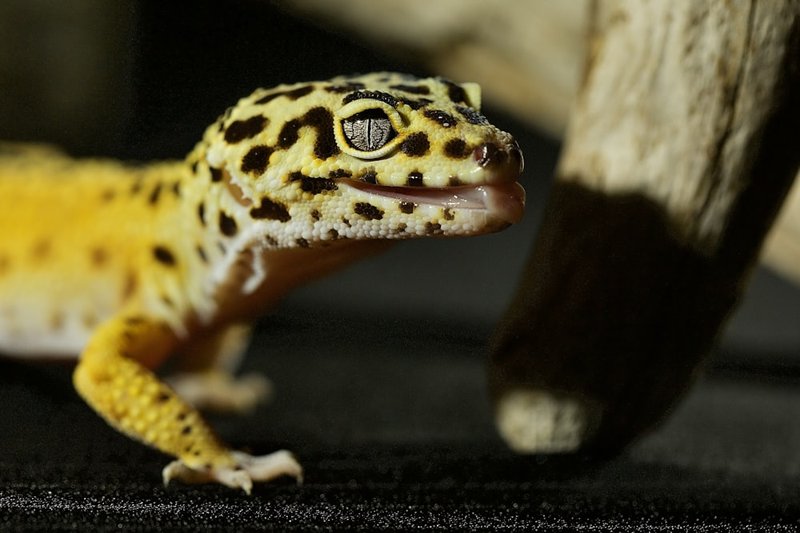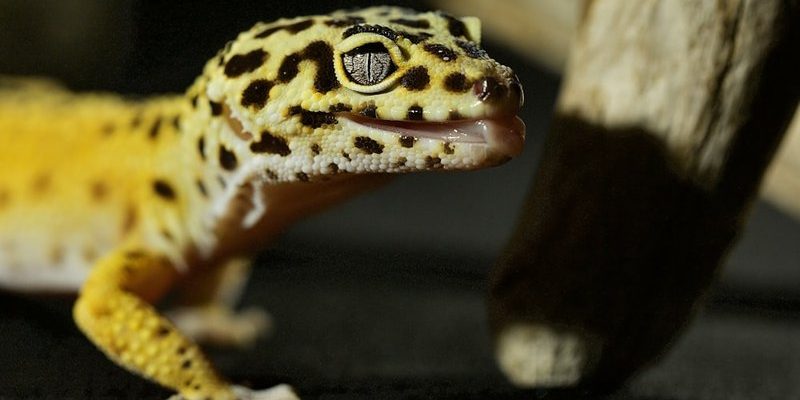
So, what are these health issues? Well, you might find that some are straightforward to spot, while others can be a bit sneaky. In this guide, we’ll dive into the most common health problems that leopard geckos face and, more importantly, how you can prevent them. Whether it’s about their habitat, diet, or behavior, I’ll walk you through practical solutions. Imagine us sitting down over coffee, discussing how to ensure your gecko has the best life possible.
Dehydration: A Silent Threat
One of the most common health problems in leopard geckos is dehydration. When these little guys don’t get enough water, it can lead to serious issues, like kidney problems or even death. You might be wondering, “How do I know if my gecko is dehydrated?” Look for signs like sunken eyes, lethargy, or wrinkled skin. This is not just a minor issue; it’s a big deal.
To prevent dehydration, always provide fresh water in a shallow dish. You can also mist the enclosure lightly a few times a week, especially in dry conditions. Adding a small, moist hide can also help, as geckos naturally seek out humid areas. Keep an eye on the humidity levels; the ideal range is between 30-40%. Using a hygrometer can help you monitor this effectively.
It’s crucial to create an environment where your gecko feels comfortable drinking. Sometimes, they might not recognize standing water, so try placing your gecko in a small shallow bowl with water for a few minutes, or offer it with a syringe (without the needle). Every little effort counts!
Metabolic Bone Disease: A Bone to Pick
Metabolic Bone Disease (MBD) is another serious condition that can affect leopard geckos, primarily due to a lack of calcium and vitamin D3. You might be thinking, “Why is this so important?” Well, without these nutrients, your gecko’s bones can become weak and brittle, leading to deformities or fractures.
To prevent MBD, make sure your gecko gets a proper diet rich in calcium and vitamin D3. Dust their food with a calcium supplement at least twice a week. It’s also wise to provide a UVB light source in their enclosure, as it helps in calcium absorption. The light should be placed about 12 inches from where your gecko usually hangs out to ensure they get the right exposure without overheating.
If you notice your gecko’s legs bending or they seem to have trouble moving, it’s time to seek veterinary care. Timely treatment can make all the difference in preserving their well-being.
Impaction: The Clog That Could Kill
Impaction is a condition where your gecko’s digestive system becomes blocked. This can happen from eating inappropriate substrate, like sand or small rocks, or consuming large prey items. The danger here is real—if not addressed, it can lead to death.
Preventing impaction starts with choosing the right substrate. I recommend using paper towels, reptile carpet, or tile, which are all safe options. Avoid loose substrates that can be ingested. Make sure your gecko isn’t eating prey that’s too big, and always monitor their eating habits. If they’re reluctant to eat or have trouble pooping, it’s time to take action.
If you catch this issue early, your vet may suggest a gentle laxative or other treatments. But the best course of action is prevention. Keep your gecko’s diet and environment safe, and you’ll reduce the risk of this dangerous condition significantly.
Stress: The Invisible Killer
You might not think about stress when caring for a leopard gecko, but believe me, they can be sensitive creatures. Stress can come from various sources, including loud noises, improper handling, or an unsuitable habitat. Prolonged stress can lead to health issues like weakened immune systems and even depression.
To create a peaceful environment, ensure their enclosure mimics their natural habitat. This means providing hiding spots, the right temperatures, and adequate space. Avoid excessive handling, especially if your gecko seems agitated. Some geckos just prefer their solitude and that’s okay!
Keep an eye on your gecko’s behavior. If you notice signs of stress—like refusing to eat, hiding more than usual, or showing aggressive behavior—think about ways to improve their habitat or routine. Simple changes can make a big difference in their overall happiness.
Respiratory Infections: Catching a Cold
Leopard geckos can suffer from respiratory infections, especially when exposed to poor air quality. Symptoms include wheezing, nasal discharge, and lethargy. These infections can stem from low temperatures, high humidity, or unsanitary living conditions.
To prevent respiratory issues, maintain proper temperature gradients in their enclosure—between 85-90°F on the warm side and 70-75°F on the cooler side. Make sure your gecko has plenty of ventilation in their habitat, and keep it clean by regularly removing waste and uneaten food.
If you spot signs of a respiratory infection, don’t wait for it to get worse. Take your gecko to a vet who specializes in reptiles. Early intervention is key to helping your little friend get back on track.
Parasites: The Unwanted Houseguests
Parasites can be a hidden problem for leopard geckos. Internal and external parasites, like mites or worms, can lead to serious health issues if left untreated. Signs include weight loss, poor skin condition, and visible mites on the skin.
Preventing parasites starts with obtaining your gecko from a reputable source. Once you bring your gecko home, quarantine any new arrivals for a few weeks before introducing them to your other pets. Regularly check for signs of parasites, especially after changes in diet or habitat.
If you suspect your gecko has parasites, consult a vet. They can perform tests and recommend appropriate treatments. Don’t let parasites crash the party; early detection is essential!
Caring for a leopard gecko can be incredibly rewarding, but it comes with its share of responsibilities. By staying informed about common health problems and how to prevent them, you can be the superhero your gecko needs. It’s all about creating a safe, healthy environment and paying attention to their needs.
Consider yourself your gecko’s fierce protector. By applying the tips and strategies discussed in this article, you’ll help ensure your little buddy lives a long, happy life. So, roll up your sleeves, get ready to create a cozy habitat, and enjoy the incredible journey of gecko ownership!

